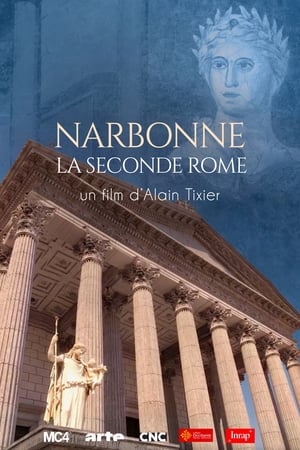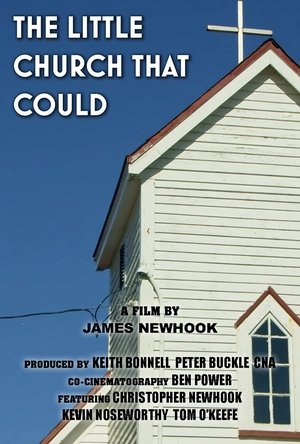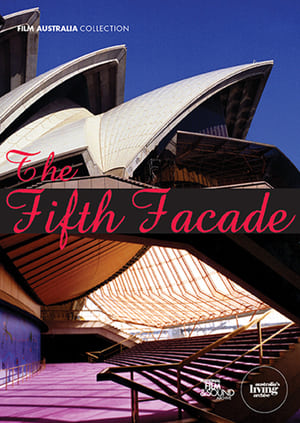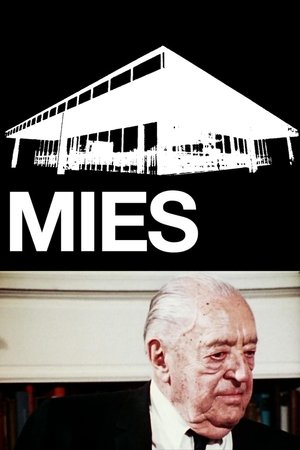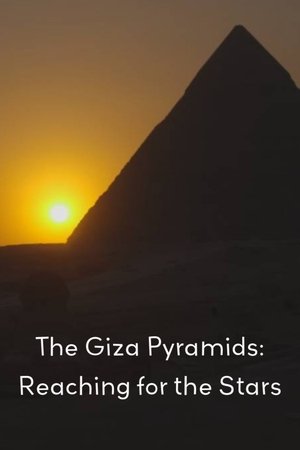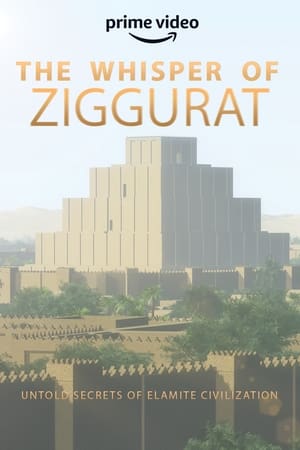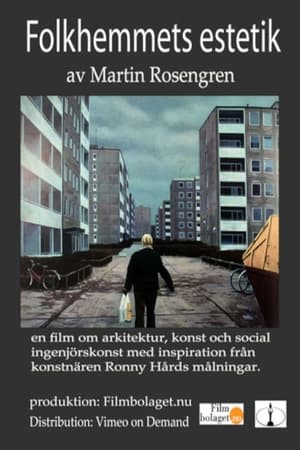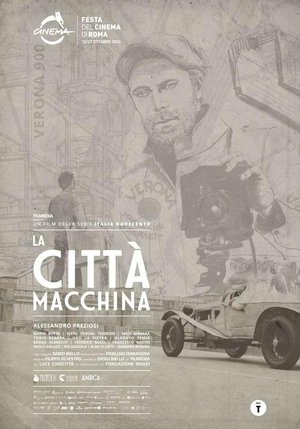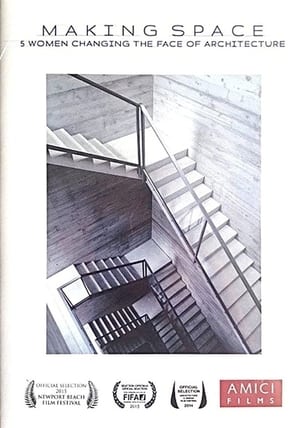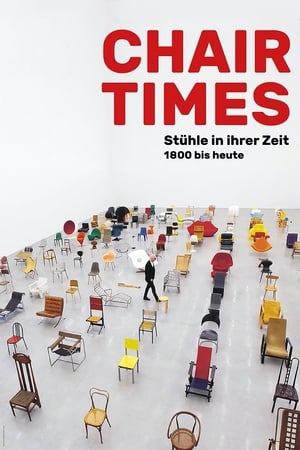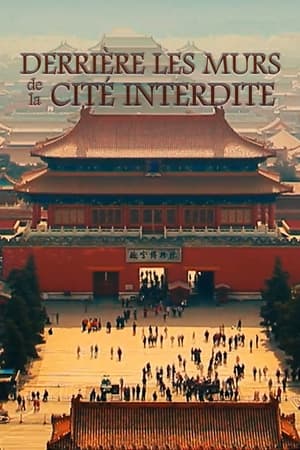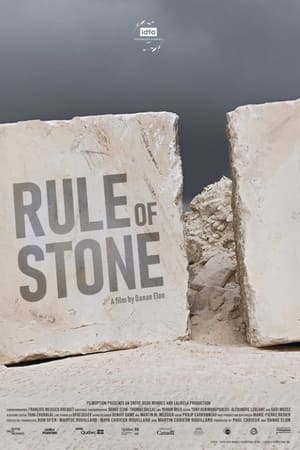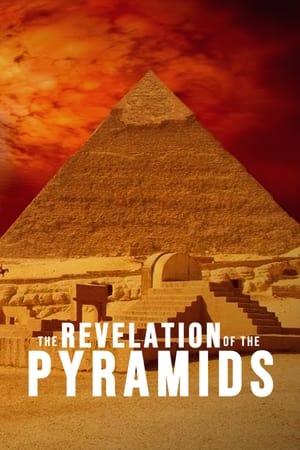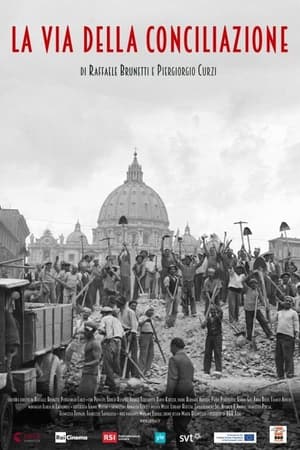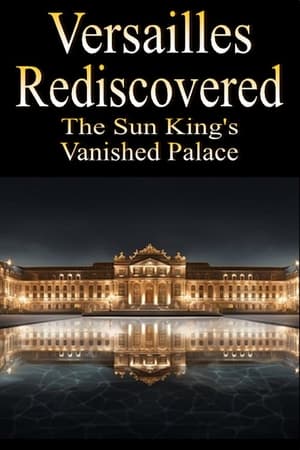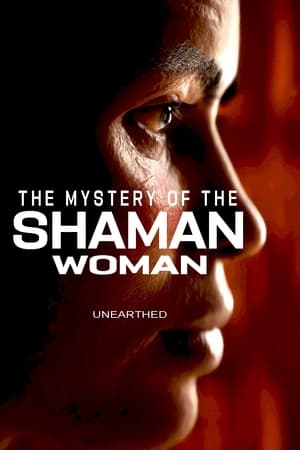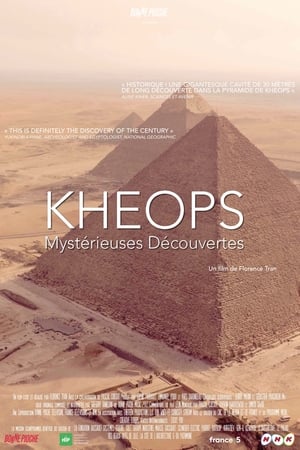Overview
A journey through time to our futuristic recent past. A documentary film about the rise and fall of a Finnish plastic house. A story about the utopia of the "space age" that almost came true. The Futuro house was completed in 1968. It was believed that humanity was on the threshold of a new era, when technology would be able to solve all conceivable problems. Made entirely of plastic, Futuro was both a reflection of its time and a utopian vision of the "future state of affairs."

 Finnish
Finnish
 6
6
 1998
1998
 Finland
Finland
